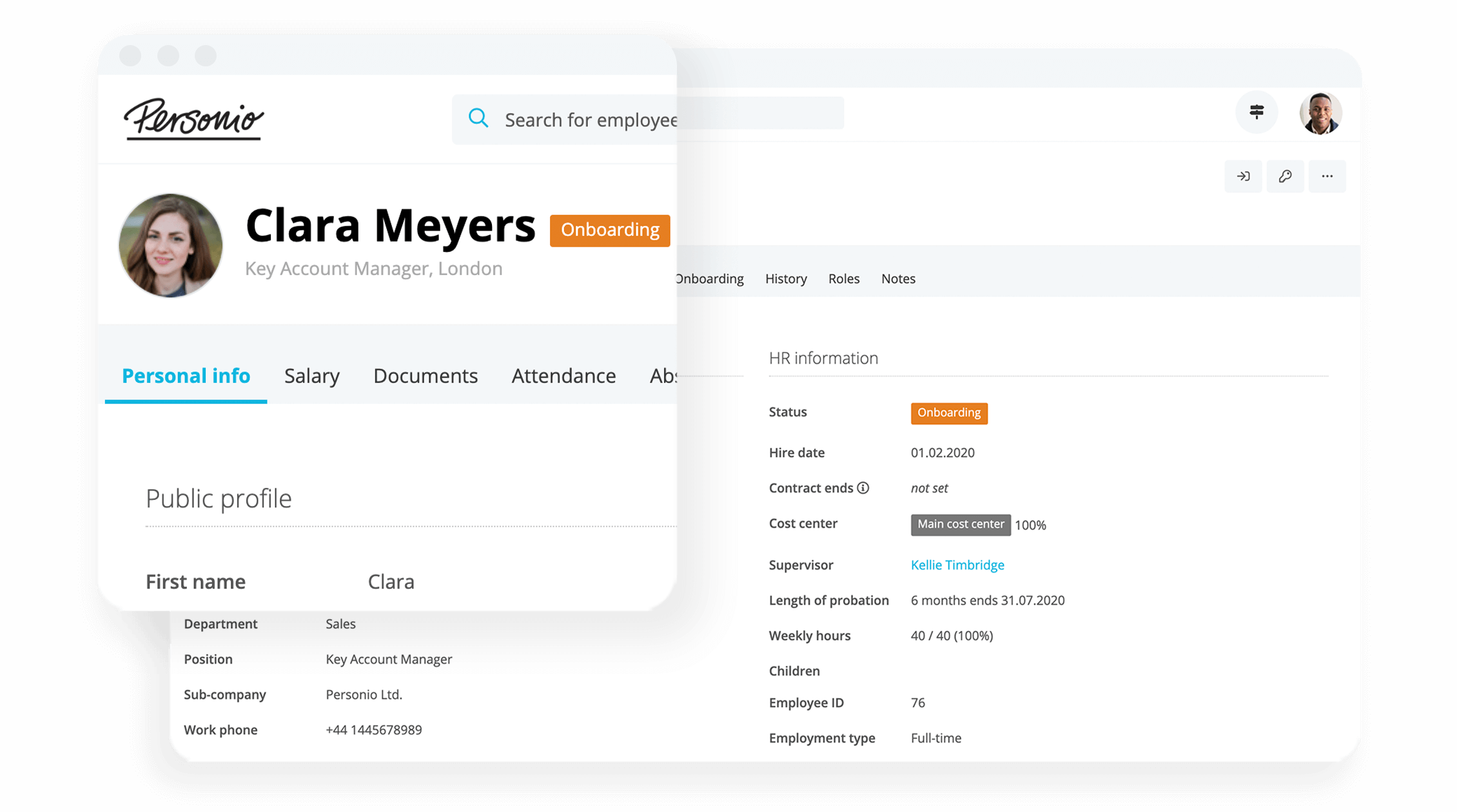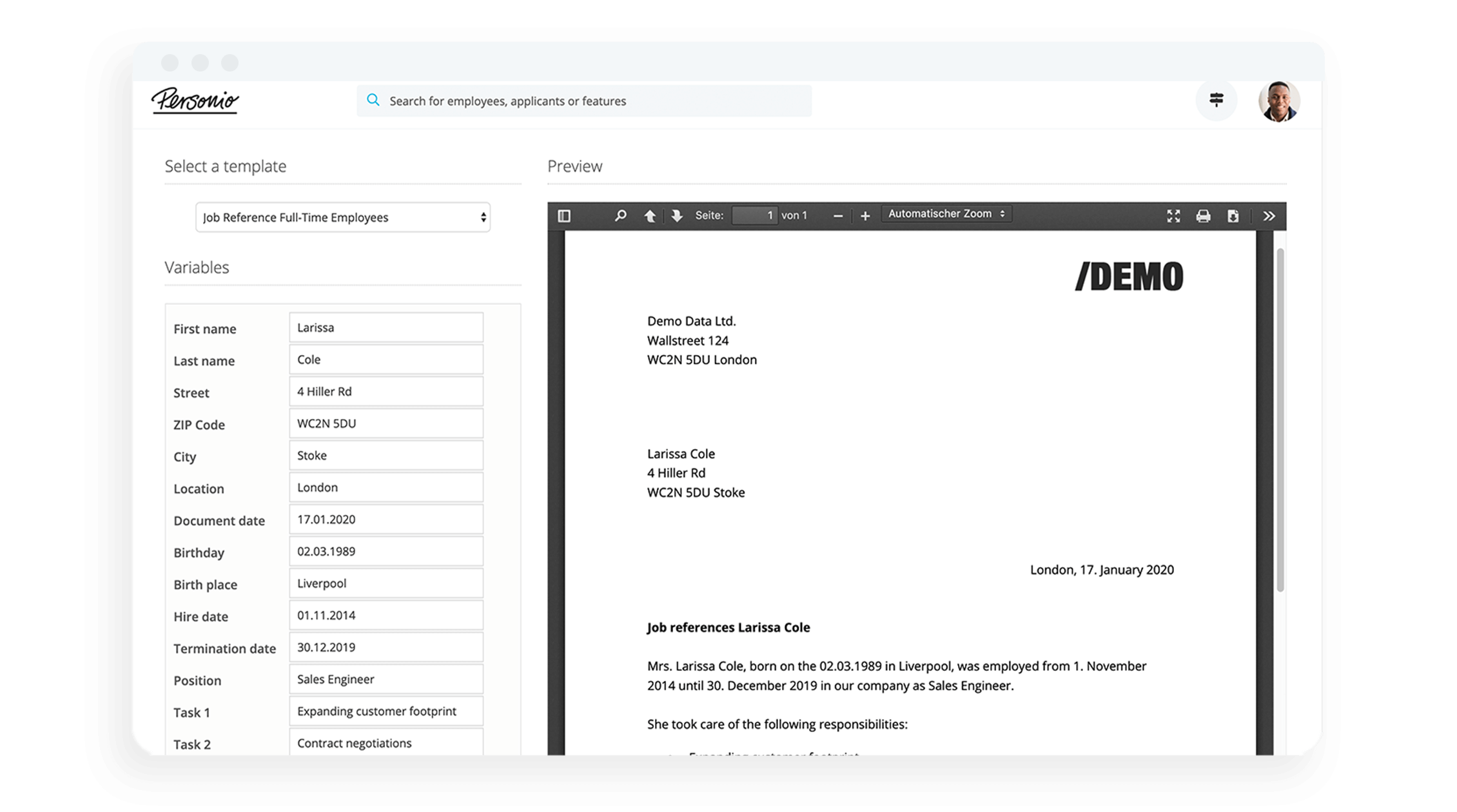You don’t legally need a staff handbook for your organisation, but you should want one. After all, having a handbook in place can help welcome employees, onboard them more effectively, and further boost your company culture while empowering employees to succeed from day one. Let’s tell you a bit more about writing a winning handbook.
Download our onboarding checklist for a streamlined start today.
Contents
What Is A Staff Handbook?
The Benefits of a Staff Handbook for Your Company
What Should Be Included in a Staff Handbook?
Optional Elements for Staff Handbooks
Acknowledging Your Staff Handbook Is Key
What Is A Staff Handbook?
A staff handbook, otherwise known as an employee handbook or company policy manual, is an HR document detailing expectations for each of your employees. They typically cover company policies, while providing insights into workplace culture and “how things work” while setting standards for employee behaviour and performance.
The typical elements that form an employee or staff handbook include:
- Health & Safety Policies
- DE&I Initiatives & Equal Opportunities Policy
- Parental Leave
- Absence Management & Policies
That said, these are just some of the more popular and ‘essential’ options for an employee handbook. Your own staff handbook can, and should, be as unique as your organisation.
Do You Need A Staff Handbook?
An employee handbook is not only beneficial to your corporate culture, but it can fulfil a legal purpose, too. It documents information about company rules, disciplinary procedures, and even employment law-related subjects and regulations.
Think of it like this: if you could transform your most knowledgeable HR person and manager into a document, it would be your employee handbook.
What Are Some Staff Handbook Examples?
Who’s created a great staff handbook? Here are some of the top examples:
- Zappos uses a comic book layout as this cool video explains
- Trello used their signature ‘Boards’ for their own staff handbook
- Disqus splits its handbook into a culture book and a formal/legal document
- Hubspot who has their own 128-page Slideshare Culture Code
While these are great ideas in their own right, others prefer to take a more traditional approach.
The Benefits of a Staff Handbook for Your Company
The benefits of having an employee handbook include:
- Setting realistic expectations for staff members.
- Sharing information on benefits (from health insurance to paid leave, any special features like time people can take off to help charities, or whatever special perks your company believes in).
- Explaining what employees can expect of their management and leadership teams and what behaviors are encouraged and rewarded.
- Ultimately, protecting your company.
Whether we like it or not, sometimes things go wrong in the relationship between employees and employers and the rules are there to protect both parties.
An employee handbook is important and serious – no matter how pretty it is or how fun it is to engage with – and it includes information about your duty of care to your employees and what you expect of them in return.
It helps clarify expectations and reduce misunderstandings at work. It can also help protect your company if an employee tries to make a legal claim against you.
A Perfect Start for Every Employee
Personio’s Onboarding function ensures an automated and seamless start, with tasks, reminders, and more to help your employees start off on the right foot.
What Should Be Included in a Staff Handbook?
What are the working times that you expect staff to adhere to – even if they’re flexible? Are there rewards for recruiting new employees? How do you handle harassment and violence? Do you have a mental health policy? What about that data (your company’s and your customers’ data) that your employees interact with – how do they need to protect that?
These are the kinds of questions that a robust staff handbook should include. When writing an employee handbook you should always try to cover these basic areas:
| Include | Explained |
|---|---|
| Employment Essentials | Information about employee contracts, recruiting staff (processes and procedures), attendance rules, and other procedures. |
| Workplace Policies | Government legislation like health and safety and information about confidentiality, data protection and your company’s approach to harassment or violence in the workplace. |
| Code Of Conduct | In the ‘code of conduct’ section be sure to include information about dress codes (if you have them), the use of devices (e.g. can employees use their own mobile phones, or will they be provided with one), any potential conflicts of interest with other companies and how to deal with these, any rules about visitors on site (especially if you have confidential info in the workplace) and sensitive issues like whether office romances are permitted, or need to be disclosed. |
| Payment & Development | When, where, how often, and how much will employees be paid? How often will performance reviews take place? And are there any formal career development initiatives in place? These are the kinds of questions that a section on compensation and development in your staff handbook should include answers to. |
| Benefits & Total Reward | Make sure that your employee handbook covers all the benefits you give employees – including health insurance, working from home, how to claim expenses, any other benefits like company cars, parking or interest-free loans for buying a bicycle, to how to look after company-issued equipment like phones or laptops. In this section you can also include other ‘perks’ like office nap pods, monthly breakfasts, employee volunteer teams or discounts at clubs or facilities. |
| Absence Management | Your employee handbook should cover the amount of annual leave they receive and what happens in the case of unpaid time off – for short or long-term sick leave, maternity leave, paternity or adoption leave. Some companies also offer paid time off for charity initiatives, for example, a half-day off each quarter for employees to do team-based outreach programs like building homes, cleaning up rubbish or volunteering. Your employee handbook should cover this. |
| Ending Employment | Important elements to include here are any disciplinary procedures or policies, notice periods, how and when to terminate employment – both from the employee’s perspective and the employer’s perspective, and what your company policy is about providing references for previous employees. |
Store & Share Your Staff Handbook Template
Personio’s Templates function allows you to choose from a range of HR-related document templates. Start a free trial today to see it in action for your team.
Optional Elements for Staff Handbooks
An employee handbook is also a place where you can show a bit of personality or work culture, if you choose. You could make the document welcoming and fun, or formal and practical. You could include your mission and vision statement (if you have one) and information about the background and culture of your company.
You could include stories about previous or current successful and happy employees, you could put diagrams in (like this company, Valve, did in a very interesting interpretation of an employee handbook). You could make it colourful and bright, or simple and to-the-point. Whatever you do, make it as painless as possible for employees to read and understand.
Acknowledging Your Staff Handbook Is Key
Regardless of how you choose to put your handbook together – as photographs of a beautiful book like Facebook did, or a single web page that employees need to sign digitally, like AirMason did for Sterling Mining Co – it is very, very important than an employee reads it and signs to confirm that they have read it.
It’s also worth storing this signature and document in a single location that’s easy to find, like a digital employee file.
Better Onboarding
Starts Here







